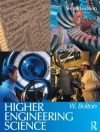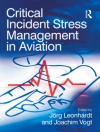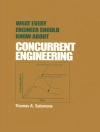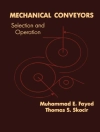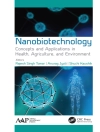
Integration within natural cycles and between farmed enterprises are routes through which we can develop organic dairy farming into an ecologically principled form of food production with animal and human welfare benefits. Integration requires relationships of varying degrees of synergy and complementarity between two or more farm elements, from simple two enterprise systems to dynamic and diverse systems with enterprises integrated in time and space and synergistic sharing of resources. The attributes of partially separated, rotationally integrated and fully combined enterprises within a single farm boundary are described and discussed. Opportunities beyond the farm boundary include between farm beneficial cooperation to share resources, integration at the landscape level and across the food chain utilising low-cost feed options within a circular economy. A case-study illustrates innovation, including mobile milking and cooperation to overcome infrastructural constraints enhancing animal welfare and nutrient recycling within a crop-dairy farm.
Table of Content
- 1 Introduction
- 2 Defining integration
- 3 Within farm integration
- 4 Between farm integration
- 5 Discussion
- 6 Conclusion
- 7 Where to look for further information
- 8 References
About the author
Dr Lindsay Whistance is Senior Livestock Researcher at the Organic Research Centre in the UK. She is internationally known for her research on farm animal behaviour, health, welfare and nutrition in organic agriculture.

